Bone Marrow Examination
Bone marrow examination refers to the pathologic analysis of samples of bone marrow obtained by bone marrow aspiration and bone marrow biopsy (often called a trephine biopsy).
Bone marrow is soft, gelatinous tissue that fills the medullary cavities, the centers of bones. The two types of bone marrow are red bone marrow, known as myeloid tissue, and yellow bone marrow, or fatty tissue.
Bone marrow contains immature cells, called stem cells. Many people with blood cancers, such as leukemia and lymphoma, sickle cell anemia, and other life-threatening diseases, rely on bone marrow or cord blood transplants to survive.
Healthy bone marrow and blood cells are needed in order to live. When the disease affects bone marrow so that it can no longer function effectively, a marrow or cord blood transplant could be the best treatment option; for some patients, it is the only potential cure.
Bone marrow examination is used in the diagnosis of a number of conditions, including leukemia, multiple myeloma, lymphoma, anemia, and pancytopenia. The bone marrow produces the cellular elements of the blood, including platelets, red blood cells, and white blood cells. While much information can be obtained by testing the blood itself (drawn from a vein by phlebotomy), it is sometimes necessary to examine the source of the blood cells in the bone marrow to obtain more information on hematopoiesis; this is the role of bone marrow aspiration and biopsy.
Fast facts on bone marrow:
- Bone marrow produces 200 billion new red blood cells every day, along with white blood cells and platelets.
- Bone marrow contains mesenchymal and hematopoietic stem cells.
- Around 10,000 people in the US are diagnosed each year with diseases that require bone marrow transplants.
- Several diseases pose a threat to bone marrow and prevent bone marrow from turning stem cells into essential cells.
The Procedure:
Usually, the bone marrow examination is performed in a hospital or an outpatient clinic by a trained physician. Bone marrow aspiration and trephine biopsy are usually performed on the back of the hipbone or posterior iliac crest. An aspirate can also be obtained from the sternum (breastbone). For the sternal aspirate, the patient lies on their back, with a pillow under the shoulder to raise the chest. A trephine biopsy should never be performed on the sternum, due to the risk of injury to blood vessels, lungs or the heart. Bone marrow aspiration may also be performed on the tibia (shinbone) in children up to 2 years of age while spinous process aspiration is frequently done in a lumbar puncture position and on the L3-L4 vertebrae.
A local anesthetic, usually lidocaine or a similar drug, is used to numb the area of the skin and periosteum at the puncture site before the procedure. The patient may also receive systemic analgesia and/or anti-anxiety medications.
Typically, the aspirate is performed first. An aspirate needle is inserted through the skin using manual pressure and force until it abuts the bone. Then, with a twisting motion of clinician’s hand and wrist, the needle is advanced through the bony cortex (the hard outer layer of the bone) and into the marrow cavity. Once the needle is in the marrow cavity, a syringe is attached and used to aspirate (“suck out”) liquid bone marrow. The patient may feel a brief sharp pain or stinging during bone marrow aspiration. A twisting motion is performed during the aspiration to avoid excess content of blood in the sample (hemodilution), which might be the case if an excessively large sample from one single point is taken.
Subsequently, the biopsy is performed if indicated. A different, larger trephine needle is inserted and anchored in the bony cortex. The needle is then advanced with a twisting motion and rotated to obtain a solid piece of bone marrow. This piece is then removed along with the needle. The entire procedure, once preparation is complete, typically takes 10–15 minutes. If several samples are taken, the needle is removed between the samples to avoid blood coagulation.
The experience is not uniform; different patients report different levels of pain, and some do not report any pain.
After the procedure is complete, the patient is typically asked to lie flat for 5–10 minutes to provide pressure over the procedure site. After that, assuming no bleeding is observed, the patient can get up and go about their normal activities. Paracetamol or other simple analgesics can be used to ease soreness, which is common for 2–3 days after the procedure. Any worsening pain, redness, fever, bleeding or swelling may suggest a complication. Patients are also advised to avoid washing the procedure site for at least 24 hours after the procedure is completed.
Components of the procedure:
Bone marrow samples can be obtained by aspiration and trephine biopsy. Sometimes, a bone marrow examination will include both an aspirate and a biopsy. The aspirate yields semi-liquid bone marrow, which can be examined by a pathologist under a light microscope and analyzed by flow cytometry, chromosome analysis, or polymerase chain reaction (PCR). Aspiration does not always represent all cells since some such as lymphoma stick to the bone trabeculae, and would thus be missed by a simple aspiration.
Frequently, a trephine biopsy is also obtained, which yields a narrow, cylindrically shaped solid piece of bone marrow, 2 mm wide and 2 cm long (80 μL), which is examined microscopically (sometimes with the aid of immunohistochemistry) for cellularity and infiltrative processes. An aspiration, using a 20 mL syringe, yields approximately 300 μL of bone marrow. A volume greater than 300 μL is not recommended, since it may dilute the sample with peripheral blood.
Contraindications:
There are few contraindications to bone marrow examination. It is important to note that thrombocytopenia or bleeding disorders are not contraindications as long as the procedure is performed by a skilled clinician. Bone marrow aspiration and biopsy can be safely performed even in the setting of extreme thrombocytopenia (low platelet count). If there is a skin or soft tissue infection over the hip, a different site should be chosen for bone marrow examination.
Complications:
While mild soreness lasting 12–24 hours is common after a bone marrow examination, serious complications are extremely rare. In a large review, an estimated 55,000 bone marrow examinations were performed, with 26 serious adverse events (0.05%), including one fatality. The same author collected data on over 19,000 bone marrow examinations performed in the United Kingdom in 2003 and found 16 adverse events (0.08% of total procedures), the most common of which was bleeding.
https://players.brightcove.net/3850378299001/SyAEZ6ptl_default/index.html?videoId=3903922880001
References:
Nichols, Hannah. “All you need to know about bone marrow.” Medical News Today. MediLexicon, Intl., 15 Dec. 2017. https://www.medicalnewstoday.com/articles/285666.php
Encyclopedia Britannica, Bone marrow, accessed 14 November 2014.
Bone marrow examination. From Wikipedia, the free encyclopedia. https://en.wikipedia.org/wiki/Bone_marrow_examination
Riley RS, Hogan TF, Pavot DR, et al. A pathologist’s perspective on bone marrow aspiration and biopsy: I. Performing a bone marrow examination. J Clin Lab Anal. 2004;18(2):70–90. doi: 10.1002/jcla.20008.
Hjortholm, Nikolaj et al. “Strategies of Pain Reduction during the Bone Marrow Biopsy.” Annals of Hematology 92.2 (2013): 145–149. PMC. Web. 30 Sept. 2018. https://www.ncbi.nlm.nih.gov/pmc/articles/PMC3542425/#CR35
Neetu Radhakrishnan, MD. Bone Marrow Aspiration and Biopsy: Background, Indications, Technical Considerations https://emedicine.medscape.com/article/207575-overview
Suman Malempati, M.D., Sarita Joshi, M.D., Susanna Lai, M.P.H., Dana A.V. Braner, M.D., and Ken Tegtmeyer, M.D. Bone Marrow Aspiration and Biopsy. https://www.nejm.org/doi/full/10.1056/NEJMvcm0804634
Bain BJ (2003). “Bone marrow biopsy morbidity and mortality”. Br. J. Haematol. 121 (6): 949–51.
Evan M. Braunstein, MD, PhD, Johns Hopkins School of Medicine. Evaluation of Anemia – Hematology and Oncology – MSD Manual Professional Edition https://www.msdmanuals.com/professional/hematology-and-oncology/approach-to-the-patient-with-anemia/evaluation-of-anemia#v8517408
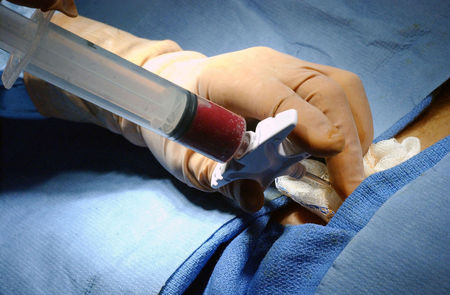
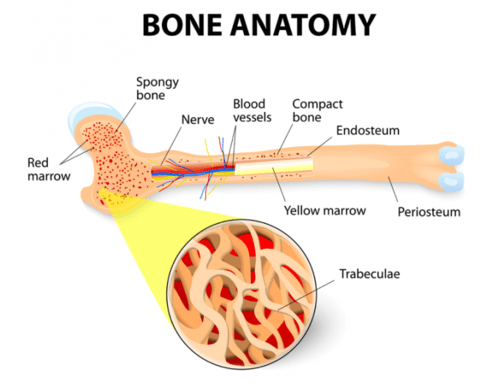
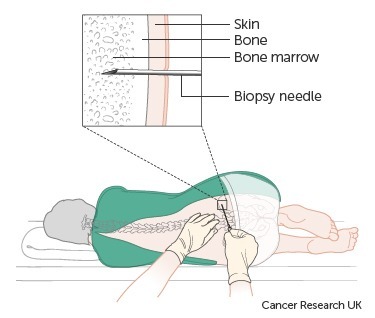
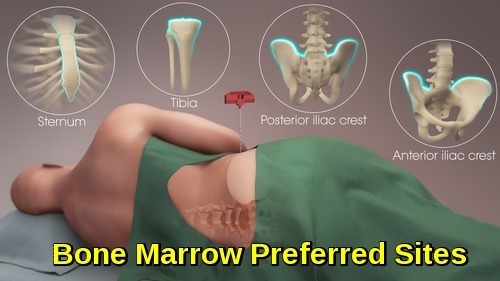
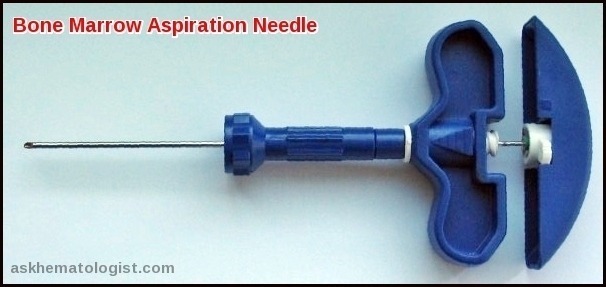
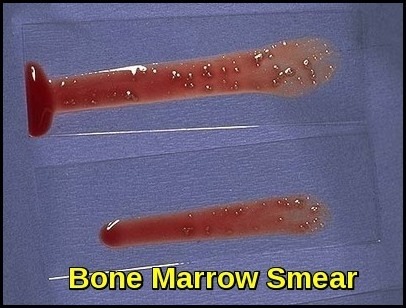
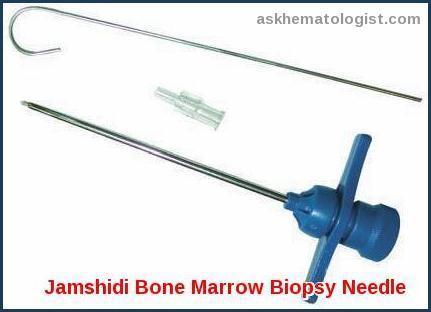

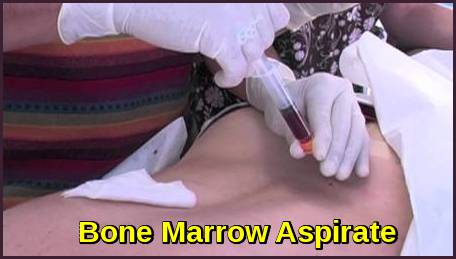
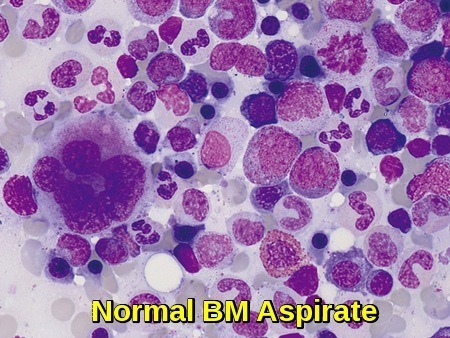

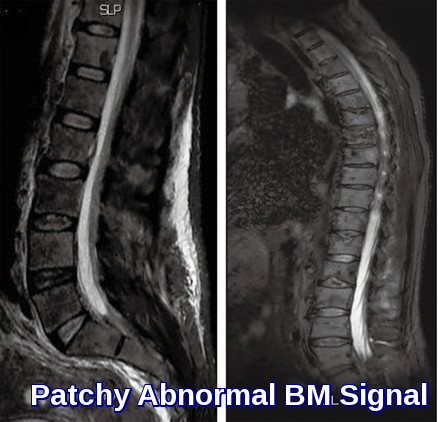
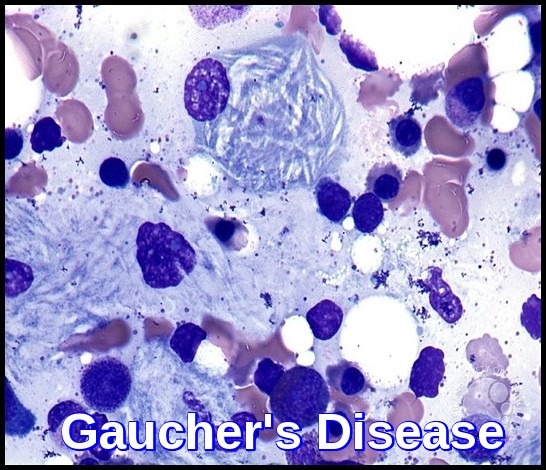
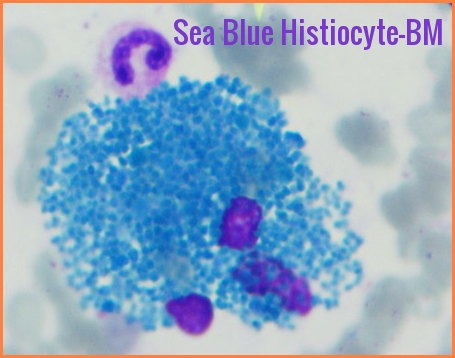
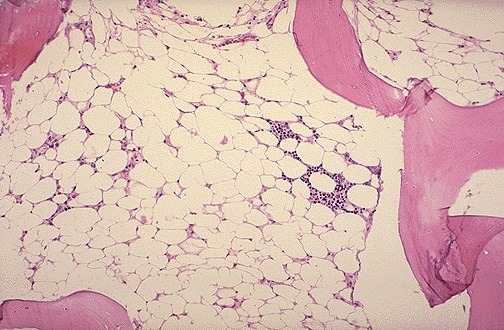
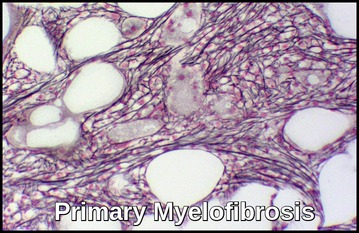

Thank you to share your experience